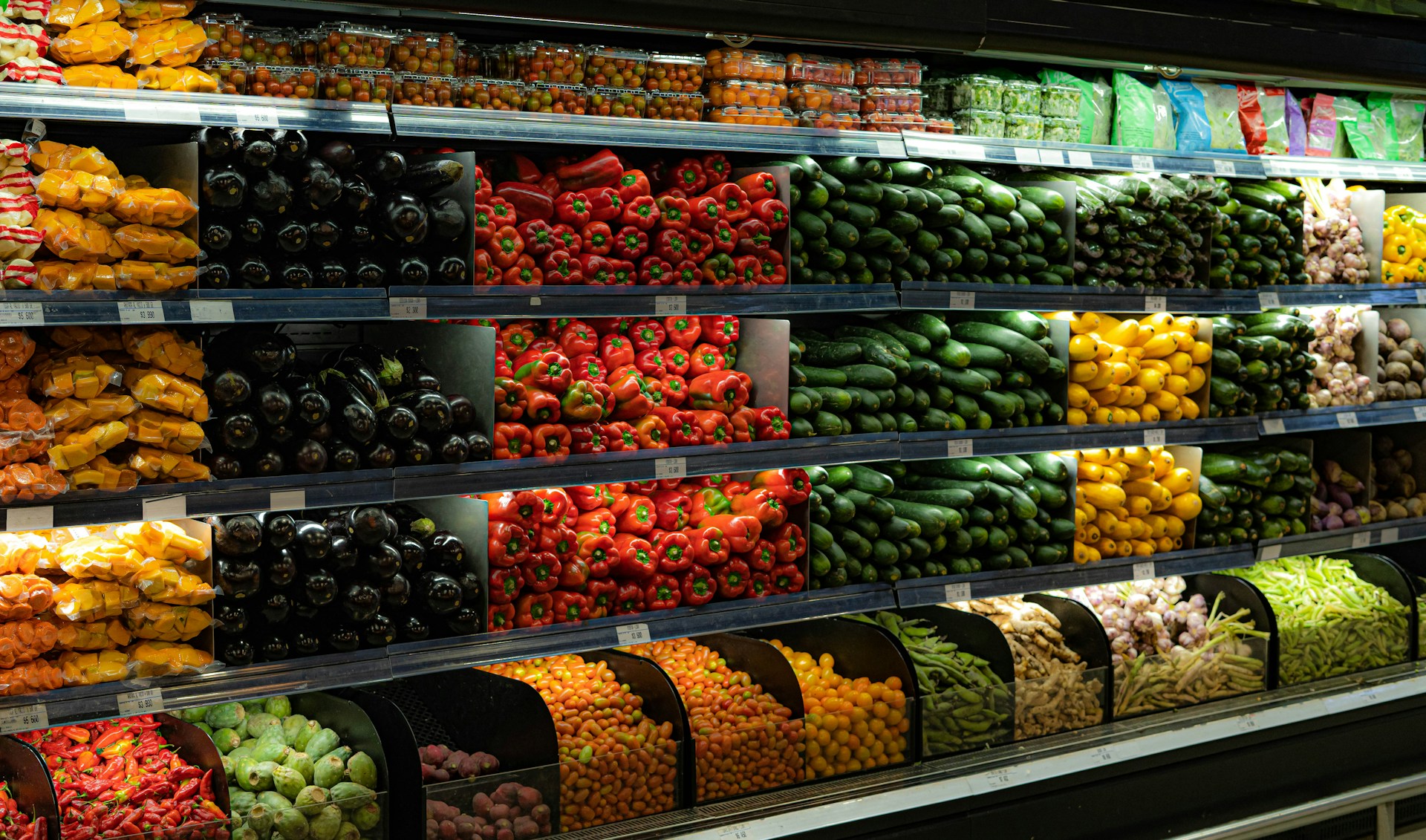Politics
8 Foods That May Get More Expensive Under Trump’s Tariffs
By Jake Beardslee · August 24, 2025

8 Foods That May Get More Expensive Under Trump’s Tariffs
American shoppers may soon feel the sting at the checkout line as President Donald Trump’s newly imposed tariffs ripple through the global supply chain.The sweeping measures, which took effect August 1, place a 50% tariff on imports from Brazil and India, 30% on products from Mexico and China, and 15% on goods from the European Union. While many households have yet to notice a major change, experts warn the impact will accelerate in the coming months as businesses burn through existing inventories and adjust pricing.
Prices were already trending upward before the new levies, with the Labor Department’s producer price index rising 0.9% in July—its sharpest increase in more than three years. Now, a range of staple goods is expected to become even more expensive.
Here are the foods most likely to be hit hardest. The White House / Wikimedia
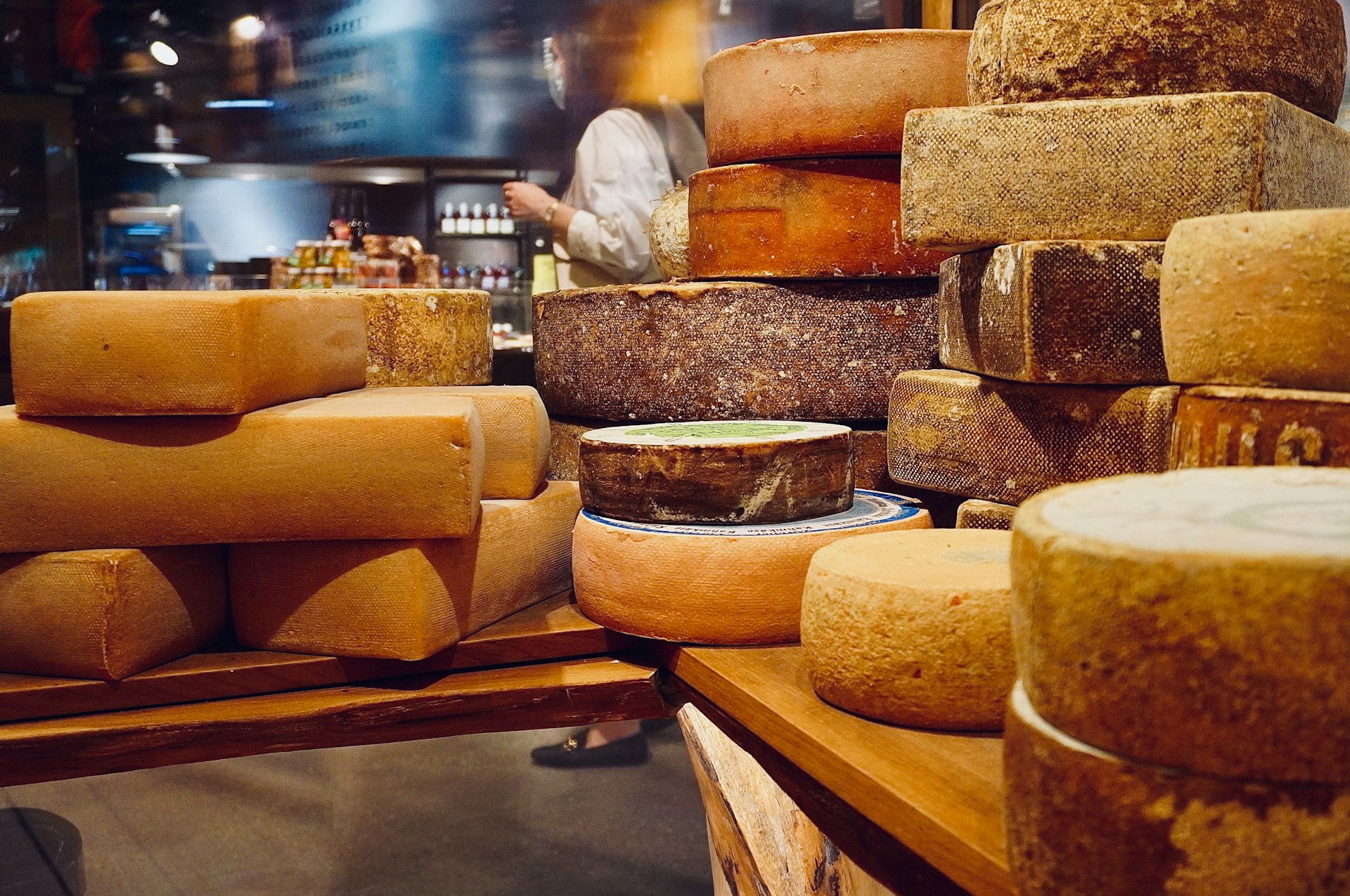
Cheese
The U.S. imported a record 473.5 million pounds of cheese last year, much of it from Italy, France, and Spain. With tariffs making these imports pricier, consumers may turn more to domestic brands such as Kraft and Sargento. Azzedine Rouichi / Unsplash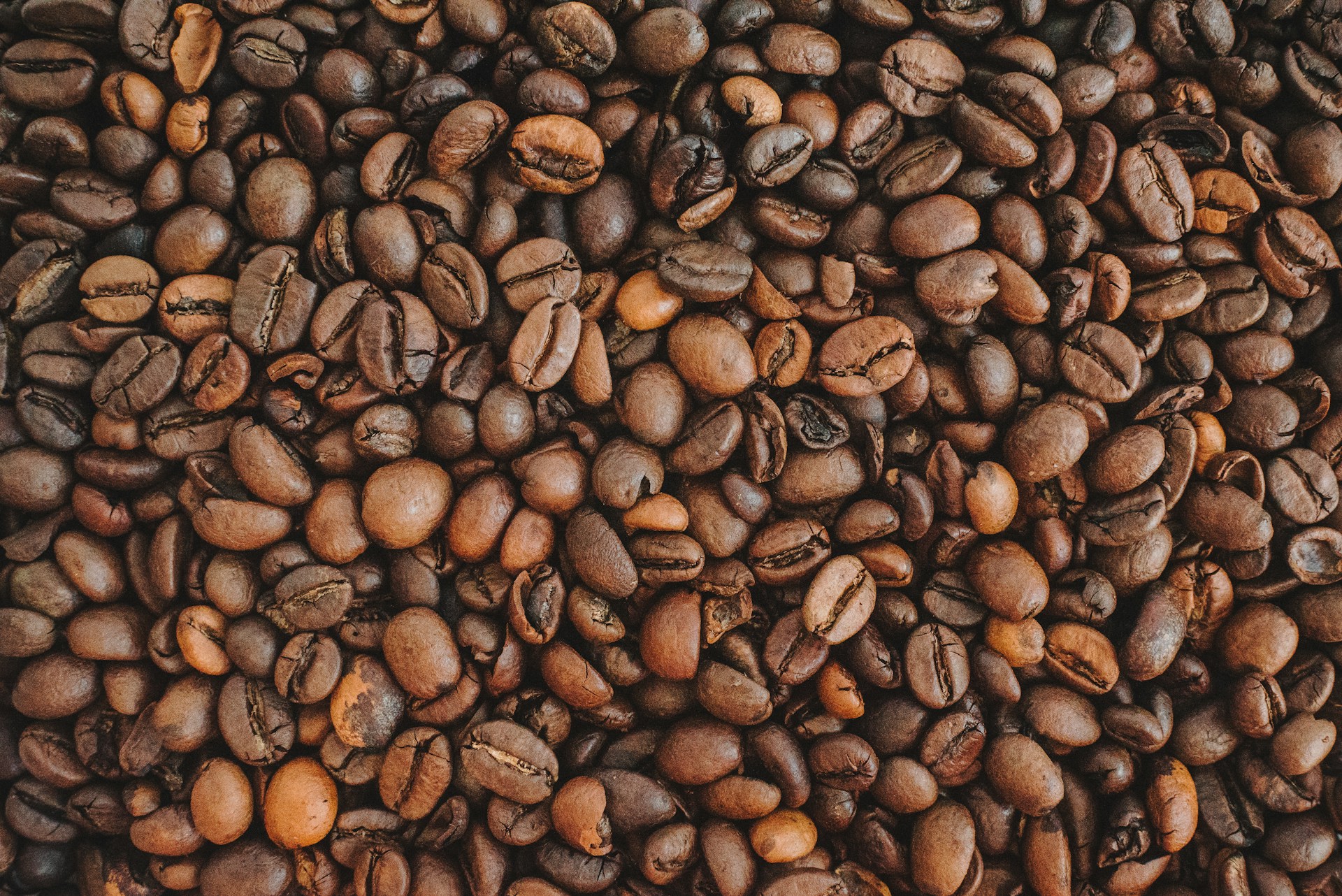
Coffee
Brazil, which supplies 40% of the world’s coffee, is facing a 50% tariff under the new rules. That has American roasters bracing for sharp cost increases. Though some companies have unroasted beans in storage, once those reserves run out, prices for consumers are expected to rise steeply. Anastasiia Chepinska / Unsplash
Chocolate
Chocolate lovers may be in for sticker shock. Swiss brands like Lindt and Toblerone now face tariff hurdles, even as cocoa prices hit record highs above $12,000 per metric ton in late 2024 following poor harvests. Lindt has already raised global prices by nearly 16% this year, and smaller chocolatiers such as Läderach warn they are struggling to maintain quality without sacrificing what makes their products distinctively Swiss. Towfiqu Barbhuiya / Unsplash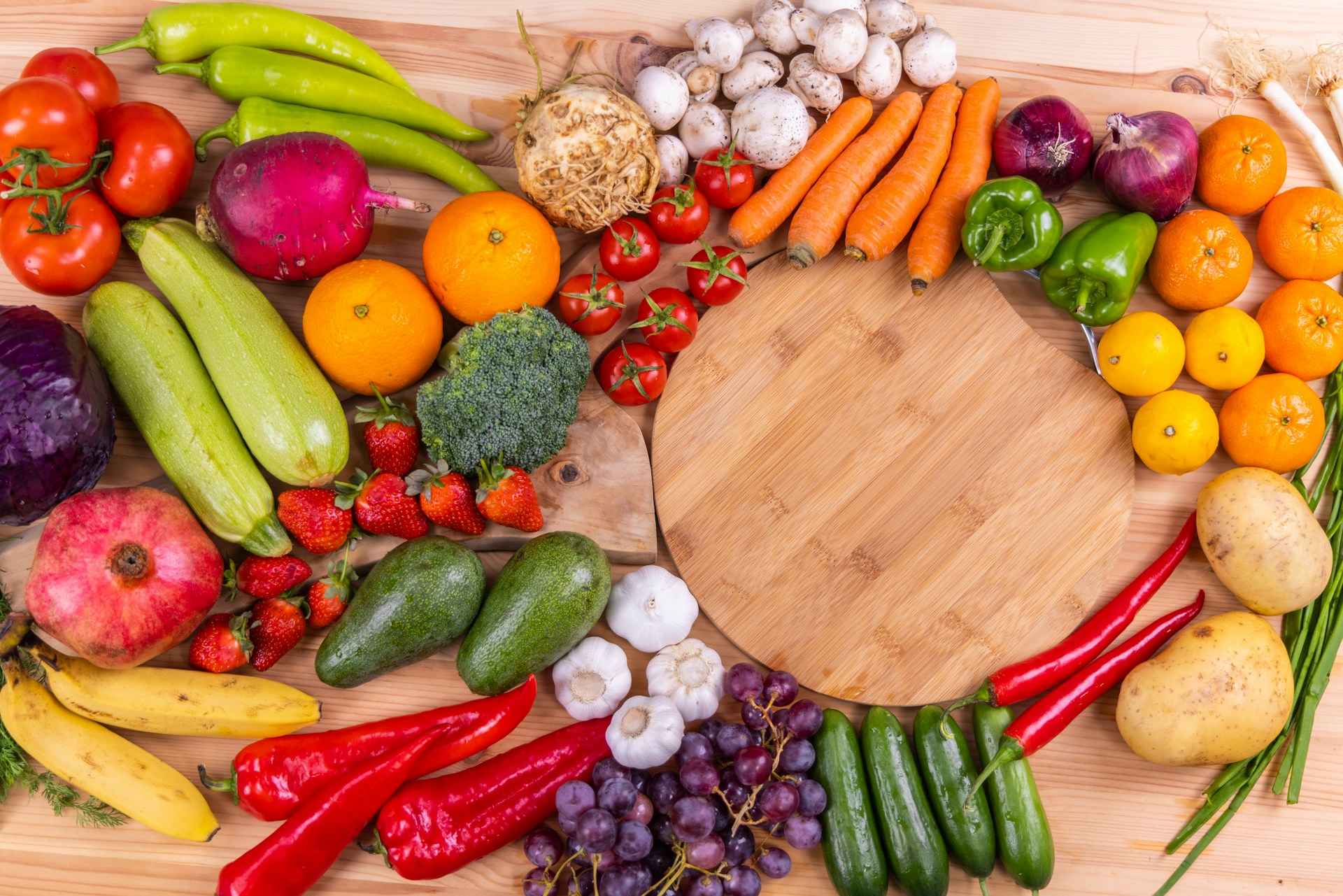
Fruits and Vegetables
Produce is expected to feel the effects quickly. Items like avocados, blueberries, and broccoli are only seasonally available in the U.S., while bananas and mangos aren’t grown domestically at all. Engin Akyurt / Unsplash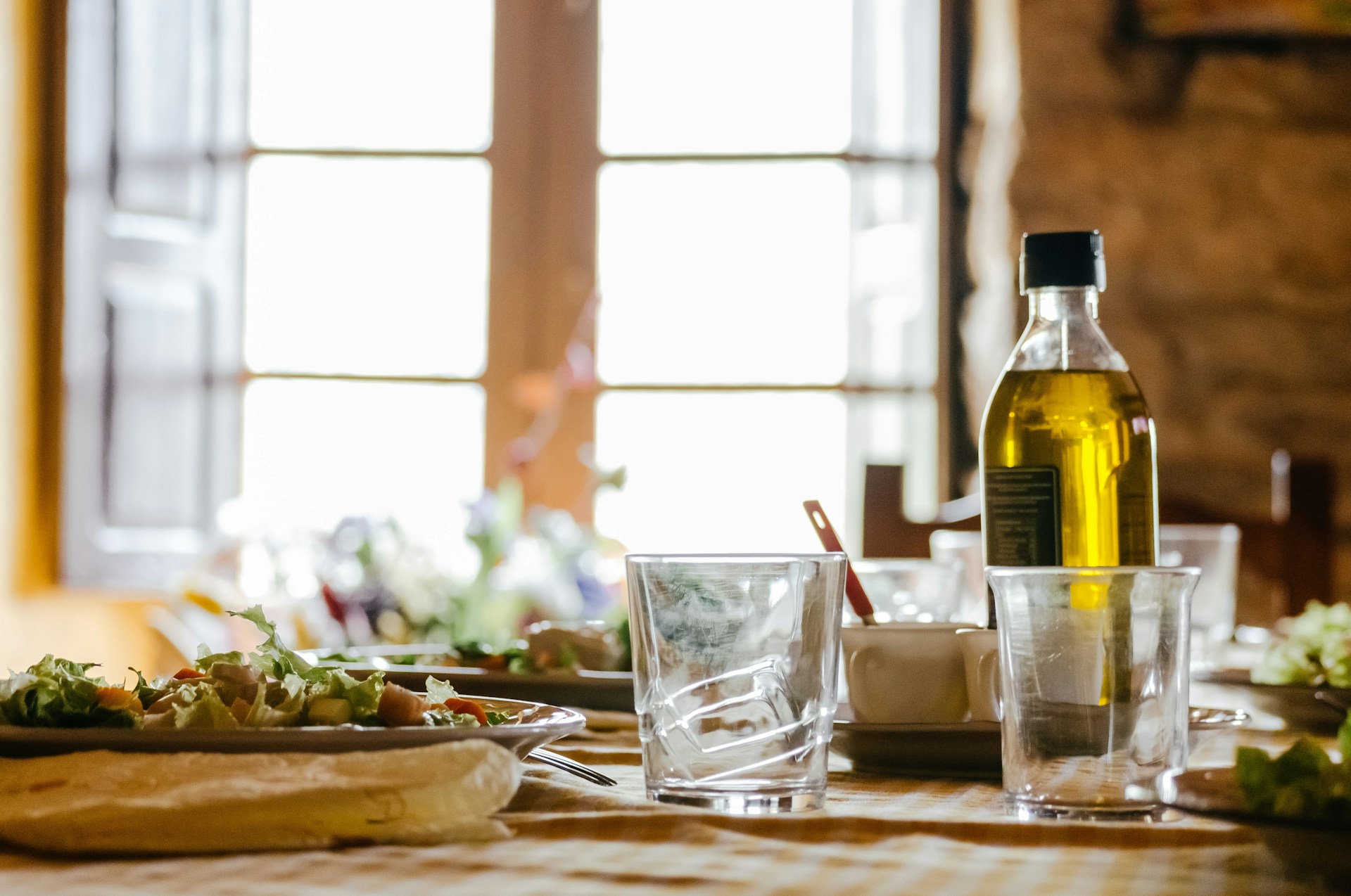
Olive Oil
Spain remains a leading exporter of olive oil to the U.S., and brands like Graza—known for its popular squeeze bottles—say price increases are likely inevitable. “Our priority is always quality, and that’s not something we compromise on,” co-founder Allen Dushi said, according to The Mirror. Still, he acknowledged that higher prices may be unavoidable as tariffs squeeze supply. Juan Gomez / Unsplash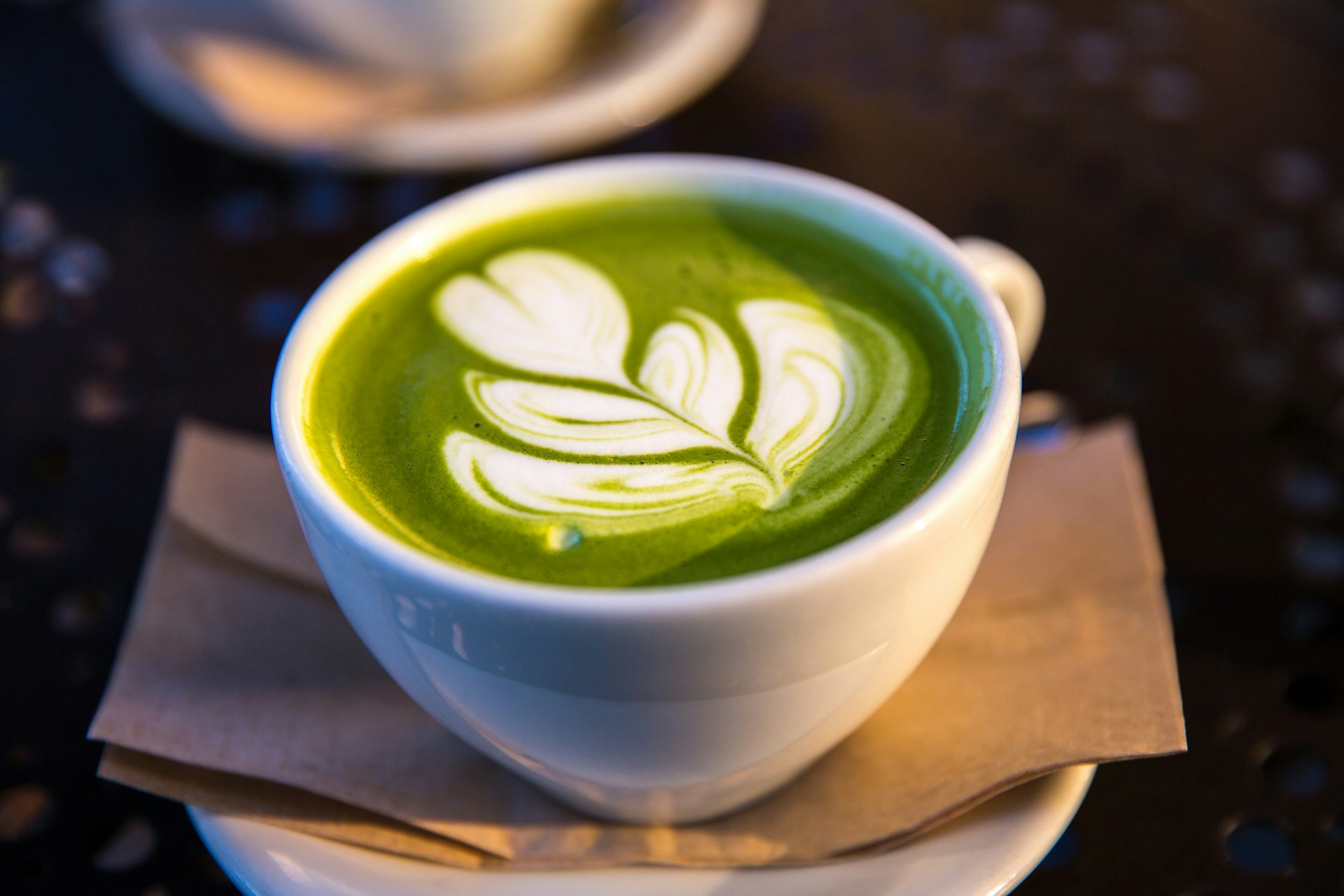
Matcha
Matcha imports from Japan now face a 15% tariff, leaving specialty tea shops uncertain about their long-term outlook. Jason Leung / Unsplash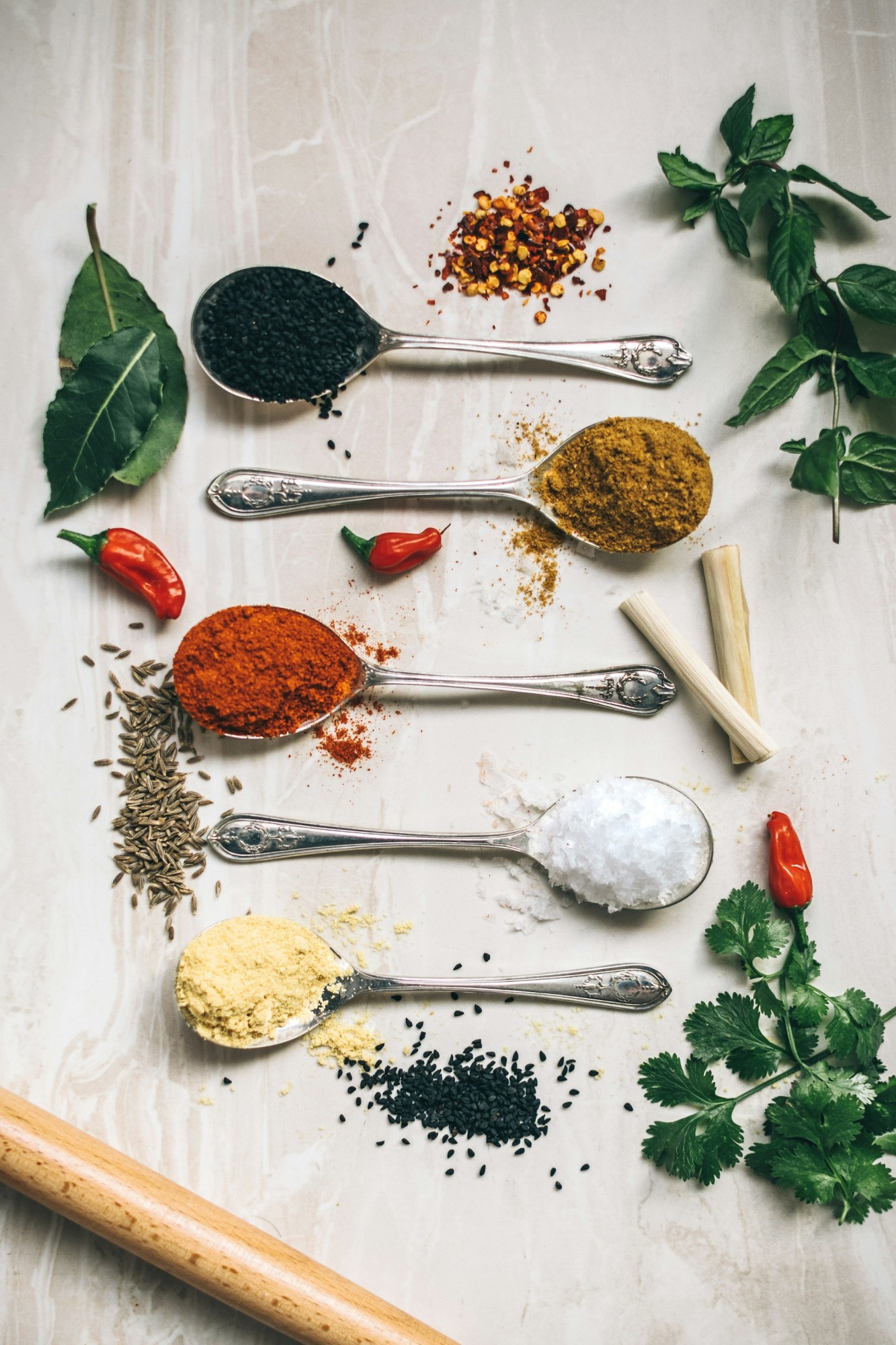
Spices
Essential spices like vanilla, cinnamon, and pepper—none of which are grown commercially in the U.S.—are also targeted by the tariffs. The American Spice Trade Association has urged the administration to reconsider, calling them “unavailable natural resources” that cannot be substituted. Calum Lewis / Unsplash
Wine and Spirits
The alcohol industry is mounting an aggressive pushback. Nearly 60 U.S. trade groups have formed the Toasts Not Tariffs Coalition, warning that the 15% levy on European wines and spirits could eliminate up to 25,000 American jobs. The group stressed that, much like Cognac must come from France and Tennessee whiskey from Tennessee, such products cannot simply be relocated to avoid tariffs. Yutacar / Unsplash